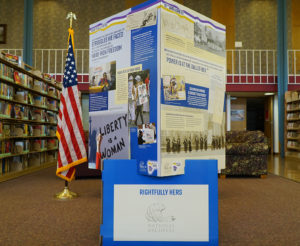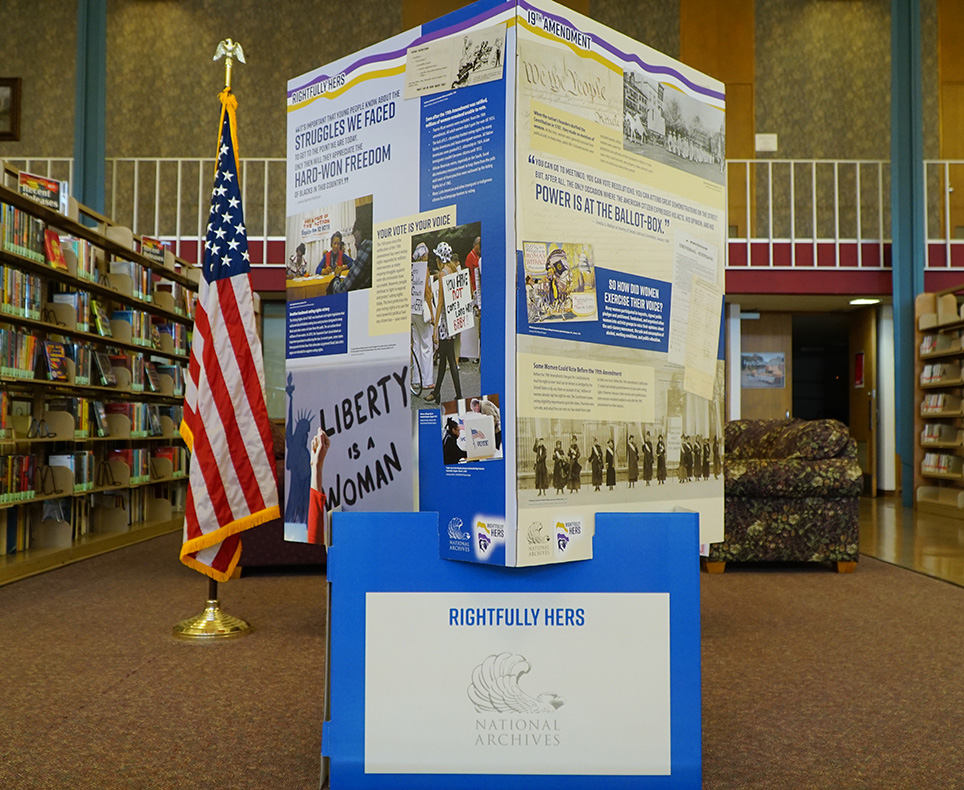by Jordan Green, News Editor

Members of Northwestern’s Social Sciences Department have set up a display in the J.W. Martin Library commemorating the ratification of the 19th Amendment.
Professors prepared the display in honor of Constitution Day, which public universities recognize annually on Sept. 17.
The display offers information about the ways in which the Women’s Suffrage Movement affected the nation’s history, said Dr. Eric Schmaltz, the chair of the social studies department.
The department is sponsoring the display in conjunction with the Endowed Institute for Citizenship Studies at Northwestern.
HISTORY OF WOMEN’S SUFFRAGE
Women weren’t always given the right to vote in the United States.
The 19th Amendment was officially ratified Aug. 26, 1920. Nearly 30 million women – approximately one-fourth of the nation’s population – were able to vote for the first time once the amendment was ratified, said Dr. Jana Brown, a professor of history.
In some western states, women had the right to vote before the amendment was passed.
After the United States gave women the right to vote, other nations around the world followed suit, she said.
With 2020 being an election year, it’s important for registered voters to understand how the right to vote has changed throughout history, Schmaltz said.
Brown obtained the display after reading that the National Archives were giving away educational materials for the anniversary of the ratification.
She jumped on the opportunity to secure a display for Northwestern, she said.
“The National Archives sent out a notice in March or April and said they had some displays to give away,” she said. “I said, ‘This is great.’”
In previous years, the university has celebrated Constitution Day by hosting guest speakers who discuss the history of the document.
The university couldn’t host speakers this year because of the coronavirus pandemic, though Schmaltz said he hopes to have speakers return to campus for future celebrations of Constitution Day.
The exhibit, which is now a part of the university’s permanent collection, may be viewed in the J.W. Martin Library during normal operating hours.

